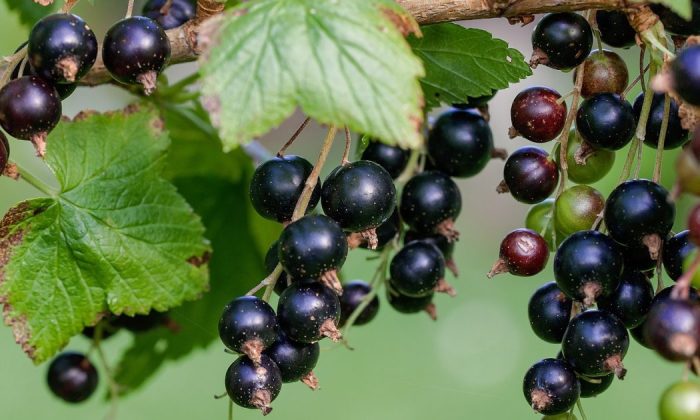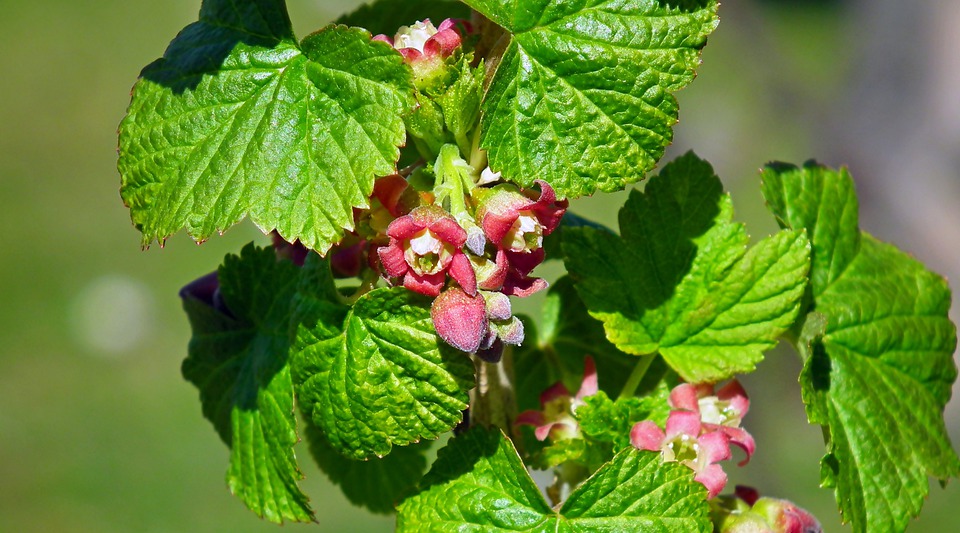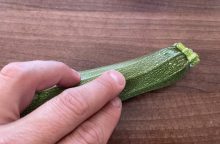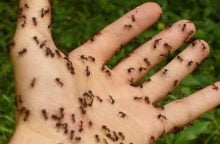How to make blackcurrant bear more fruit – a proven method

Blackcurrant has long been a very popular shrub among many gardeners, but unfortunately, the harvest is not always what you would like. Can you do something do about it? Well, you can. You may draw inspiration from the following lines.
Blackcurrant (Ribes nigrum) offers very tasty and healthy fruit, along with gooseberries, strawberries and raspberries. It is loaded with vitamin C and antioxidants. But it is not only the fruit you should be after. Did you know that leaves offer various medicinal effects?
Say no to pests before the weather warms up
Did your blackcurrant shrubs start to show buds? If so, it is the right time to do a general maintenance. The fact is that many pests live and survive inside buds, so if you see swollen buds that are the size of peas, remove them immediately. No mercy because most likely pests hibernate in swollen buds. You should also prune (if you didn’t do it in autumn) and remove all diseased and infected branches.
And how should you fight larvae and beetles that hide in the soil? Place a non-woven fabric around shrubs to prevent the majority of bugs from getting out and crawl on soil.
Photo: Pixabay
Use natural fertilizer
This one may surprise you. But dig and place a good portion of potato skins around roots (raw skins of course). This way you will provide your shrub with everything it needs – until the end of the season. If the soil around the shrub is too compacted, or if you just do not feel like digging, you may get away with an extract from potato skins. Soak potato peels in water for 2-3 days and when done pour the extract around your shrubs.
Correct spacing is important
Most of us grow several types of fruit trees and shrubs, or at least different varieties of the same type. This strategy is a good one because if frosts hit unexpectedly in the spring, you will not lose the entire harvest because different varieties have different flowering times so, there is a much smaller chance that they all will be affected by a bad weather. How far apart should you plant bushes and trees? The recommended distance is at least one meter. This will provide a sufficient airflow and enough sunlight, both of which are essential for good harvest.
Sufficient watering is also important
Many of us tend to leave fully grown bushes or trees to their fate – that is without water. But many shrubs and trees have rather shallow root system a dry summer can harm them.So, if the summer is really dry, you should water once a week, or once every 10 days. One-time abundant watering tends to be better than little daily watering.
And do not worry. Keep this type of watering until October. This will allow shrubs to get ready for the winter better.
Preview photo: Pixabay
Source: https://izahradkar.cz/zahrada/ovoce/drobne-ovoce/planovat-vysadbu-angrestu-rybizu-aby-urody-bylo-dost/

Gardening is my hobby, I have a lot of experience and I am happy to share it.









0 comments